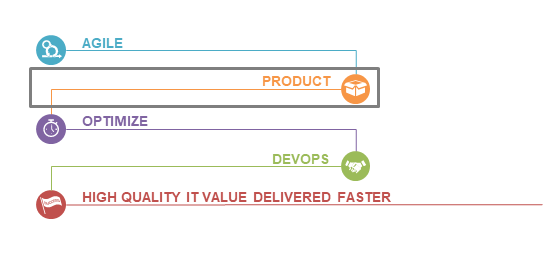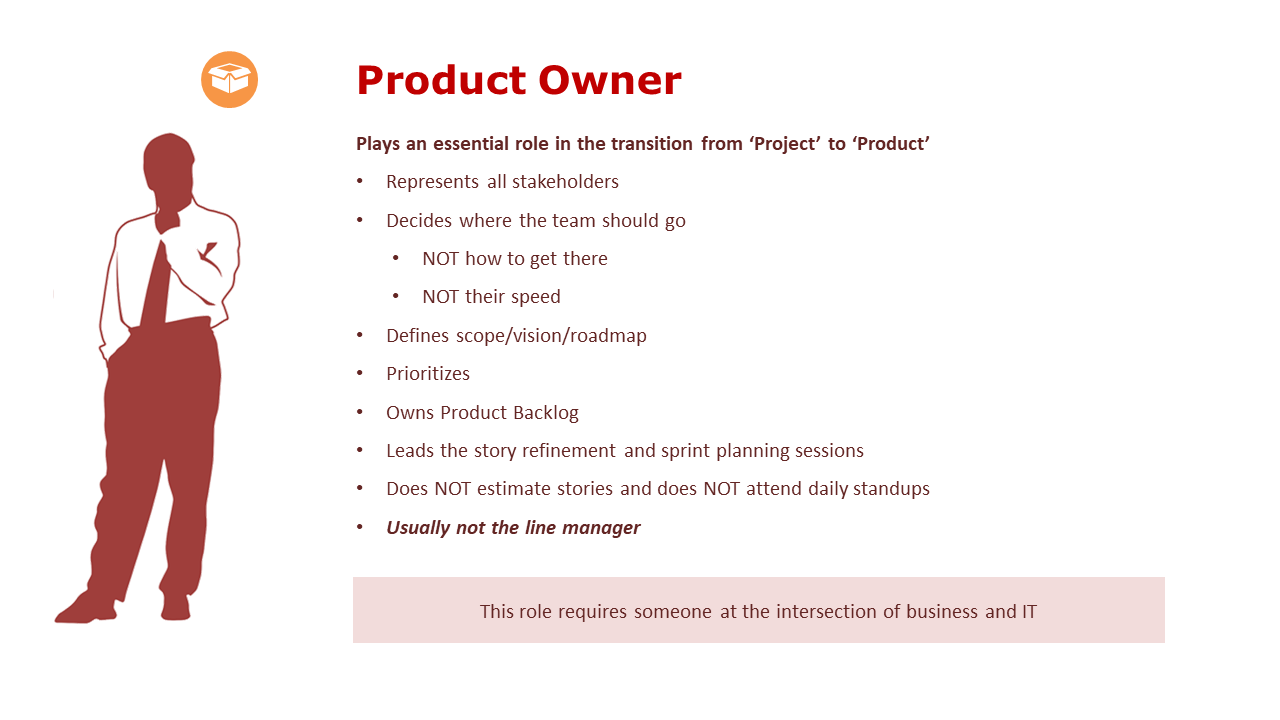
The previous blog describes step 1 of the roadmap towards delivering software solutions better and faster. This blog will deep dive into step 2: moving from a project based approach to a product based approach.
Most new IT solutions are delivered through projects. This works particularly well if you want to keep large and complex implementations manageable. But there’s a price to pay. Projects also imply tollgates, delivery frameworks, administrative and other processes that can have considerable impact on lead time. Which is fine for those two-year projects for building completely new software solutions or migrating entire ERP system. But it starts to hurt when you implement a new feature in an existing solution, which should only take 3 months or less. We have seen examples where the administrative overhead of a project consumed more time and money than the actual build, test and deployment.
When an IT solution is already implemented but still requires regular updates or enhancements, it makes sense to look at this solution as a product. Comparable to a Software-as-a-Service (SaaS) solution that you buy ‘off-the-shelf’. The updates or enhancements to these products should no longer be planned as projects, but added to the backlog. This is especially beneficial when you see multiple projects planned for changes to what essentially is one IT solution.
A key requirement for making this product approach work is having a product owner. This is one person with a strong business background, who creates and prioritizes the items on the backlog. This person describes the vision and the roadmap for the product. In other words: they decide where the team should go. But not how to get there and at what speed. That is the prerogative of the scrum team or the squad.

In some organizations, finding the product owner is easy because they already have someone who acts as the linking pin between business and IT. In other organizations it can be tricky. Especially when multiple business departments use the same IT solution that you defined as the product. In those cases, it is essential that the stakeholders feel that the product owner is truly representing all of them.
The implementation of an agile way of working, the switch to product-based thinking and appointing the right product owners are key elements in bringing the business and IT closer together. The first barrier is taken down!
Next part i.e. step 3: OPTIMIZE
picture credit: Gerd Altmann from Pixabay
This article belongs to
Tags
- agile
- product
- productowner
Author
- Maarten Kalk
